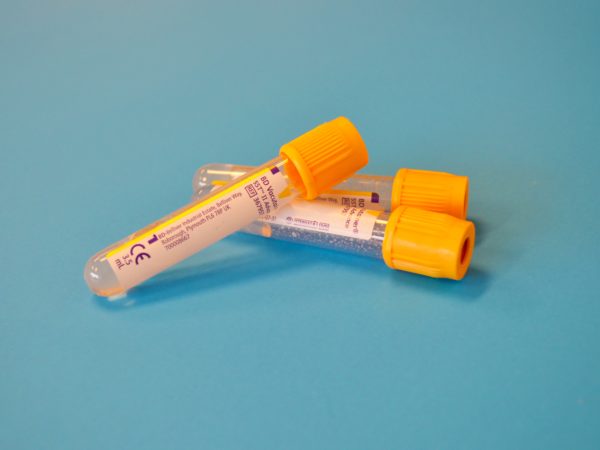An industry grant will allow medical researchers to work on reducing the risk of food poisoning.
Over four million Australians suffer from food poisoning each year, with the Campylobacter pathogen responsible for over a quarter of these cases. There are many sources of Campylobacter, with a key source being raw chicken meat.
Two molecular biologists from Deakin’s School of Medicine, Dr Tamsyn Crowley and Dr Sarah Shigdar, have been awarded a Rural Industries Research and Development Corporation (RIRDC) grant, valued at over $1 million, to try to reduce Campylobacter from chickens.
Over the next three years, the two will investigate new ways to suppress the growth of Campylobacter in chickens prior to processing.
The researchers are confident they can substantially reduce the level of Campylobacter in chicken guts. Most often found in chicken, Campylobacter are one of the four most common causes of food poisoning, along with Salmonella, E. Coli and Listeria. Sufferers experience gastroenteritis symptoms such as diarrhoea and vomiting.
The project leader Dr Crowley said that while more than four million Australians are reported to suffer food poisoning each year from various pathogens, the actual number is likely to be much higher as many milder cases are never reported.
“Our research will focus on using nanotechnology to kill Campylobacter,” said Dr Crowley.
[testimonial_text]We will be looking at very small molecules that can be used to bind substances to specifically target bacterial growth. It doesn’t matter exactly how the growth is suppressed, whether we paralyse the bacteria or prevent them from absorbing nutrients, or through some other means. This leaves us many possibilities to achieve our goal.[/testimonial_text]
[testimonial_picture name=”Dr Tamsyn Crowley” details=”Deakin’s School of Medicine”]
[/testimonial_picture]
She explained that once the most suitable molecule has been identified, the project will focus on devising the best way to deliver these into the poultry, either through water or food, which will take place in the few days before the chickens are processed.
“People don’t eat chicken guts, but during processing bacteria can spread to different parts of the meat,” explained Dr Crowley.
“Poor food handling in the kitchen is the major cause of food poisoning, but if we can reduce the amount of harmful bacteria on the chicken in the first place, we could make a big difference to the number of food poisoning cases each year related to the consumption of chicken meat.
“Computer modelling has estimated that a 100-fold reduction in the colonisation level of Campylobacter in chickens is likely to lead to a 30-fold reduction in the cases of food poisoning caused by contaminated chicken meat.”
Dr Crowley is one of Australia’s leading biotechnologists. She completed her PhD at Deakin in 2004 and then spent 12 years researching with CSIRO’s Australian Animal Health Laboratories, along with some joint projects for Deakin. She joined the School of Medicine earlier this year, quickly establishing Deakin’s Bioinformatic Core Research Group to build Deakin expertise in genome sequencing of organisms, evolution and gene regulation.
Her industry and bacteriology expertise, combined with Dr Shigdar’s nanotechnology expertise, proved a winning combination for the RIRDC grant.
“Sarah also completed her PhD at Deakin and we call her the ‘nanotech queen’ in the lab,” said Dr Crowley.



